Sticks and Stones...
 Friday, July 10, 2009 at 06:11PM
Friday, July 10, 2009 at 06:11PM Race a bicycle long enough and you're bound to hit the pavement. Actually, you don't even have to be a racer, just someone who trains long enough for the odds to catch up. I got my first road bike in 1985 and have lots of scars to show for it. Some of them self-induced, sliding out hauling ass around corners thinking I'm Eddie Mercx or someone. Other episodes involved other riders knocking me down or putting me in situations where crashing was unavoidable. Whichever the cause, the resulting grief usually entailed only frequent dressing changes and sticky sheets for a week or two.
More serious injuries do occur, of course. These range from broken bones and concussions to more serious head injuries and spinal cord trauma. All of it sucks, just some suck way worse than others. The most common additional nuisance from the less severe injuries, aside from the wound care, is the down time from training. This can drive the obsessive athlete crazy. All we see is our hard-earned fitness slipping away, all but guaranteeing a long road back.
Recently, my wife was on a business trip to Morocco. Part of the activities involved going on a short mountain bike ride. Now, Dina has written off mountain biking due to balance issues and committed to the decision by selling her Stumpjumper this past spring. However, against her better judgement, she decided to oblige her hosts and go for a short spin with the Moroccan John Tomac (her guide). Well, about 30 seconds into the first section of single track her front wheel washed out and she fell downhill onto her shoulder before rag-dolling farther down the hill only to be stopped by a tree with the bike planted firmly on top of her.
She knew right away that something was not right in her shoulder. She stood up and gave it a couple of good swings, noticing the grinding right away and suspected her collar bone broken. A consultation with her hosts a short time later cast doubt on this initial diagnosis. You see, it is apparently popular Moroccan dogma that if you can move the fingers of the affected limb, the shoulder cannot be broken. Chuckles all around now!
After the usual third world shananagans, she made it to a hospital where x-rays confirmed the obvious. She had a mid-shaft, displaced, comminuted clavicle fracture. It looked like this:
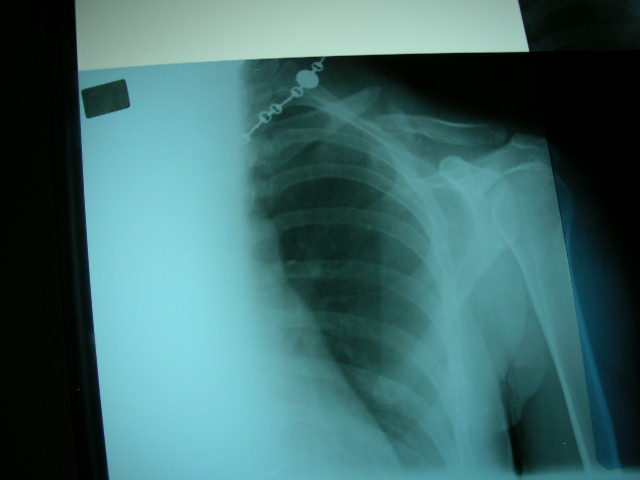
Yes, in spite of her nimble fingers, the damn thing was snapped like a twig! So much for Moroccan diagnostic pearls.
Now, clavicle fractures are one of the more common injuries in cycling. There has been a run on them in professional road cycling this season. Until the last decade or so, treating this injury involved wearing a sling for comfort, sometimes a cumbersome, usually worthless Figure-of-Eight brace and waiting 6 weeks for the bones to knit. Pain and grinding were common for the first couple of weeks and the resulting healed fracture usually led to interesting shoulder deformities. Function was usually satisfactory but cosmesis was dubious. In about 15-20% of the cases, the fracture failed to heal and surgical reconstruction was required. This involved taking down the fracture, resetting it and holding it together with plate and screws. Most of these recalcitrant fractures then went on to heal. The resulting delay, however, usually meant a serious increase in detraining and much longer time waiting to return to sport.
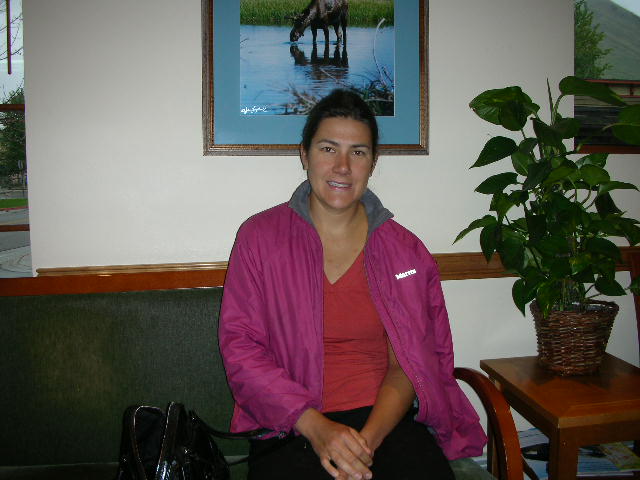 left shoulder droop deformity before surgery
left shoulder droop deformity before surgery
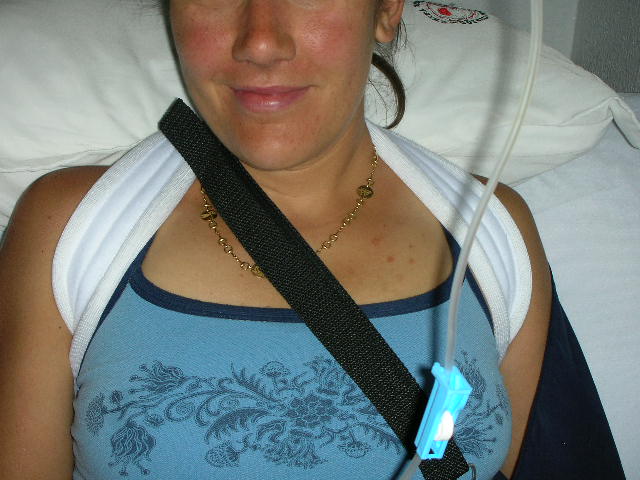 Figure of Eight brace...medieval torture device
Figure of Eight brace...medieval torture device
Now, sometime during my 15 year orthopaedic career, the bone wizards decided that not fixing these things was stupid. The clavicle was the only common fracture that we let heal in a deformed state. Shoulder function and appearance were typically less than ideal. Nowadays, we fix most of them. There are a few that are minimally displaced that heal in acceptable position and alignment without surgery but most do better with plates and screws. Not only is the functional and cosmetic result more appealing, the pain mitigation is almost immediate. I have had a few patients that have broken both clavicles, one treated the old way and one with surgery. These patients typically cannot understand why anyone would chose not to have their fracture plated.
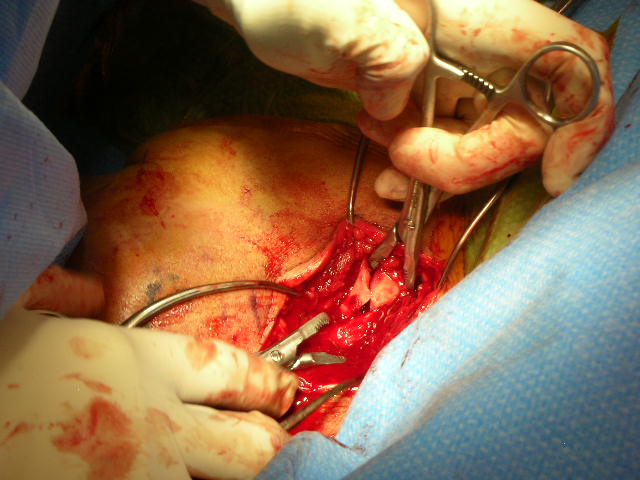 Setting things right, Dr. Jeremiah Clinton throwing down!
Setting things right, Dr. Jeremiah Clinton throwing down!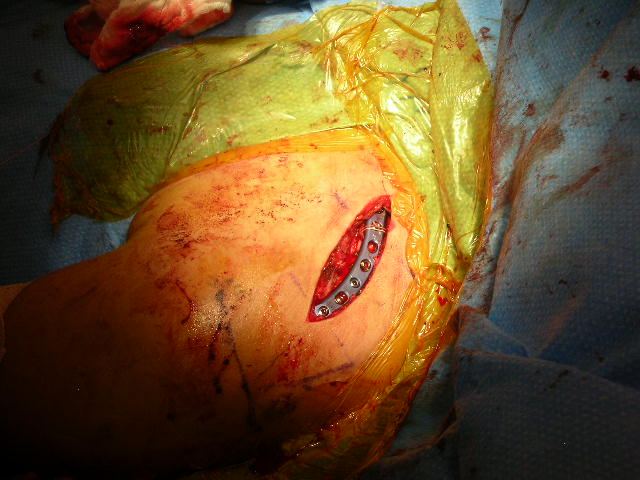 Dina's new and improved clavicle. Just add titanium!
Dina's new and improved clavicle. Just add titanium!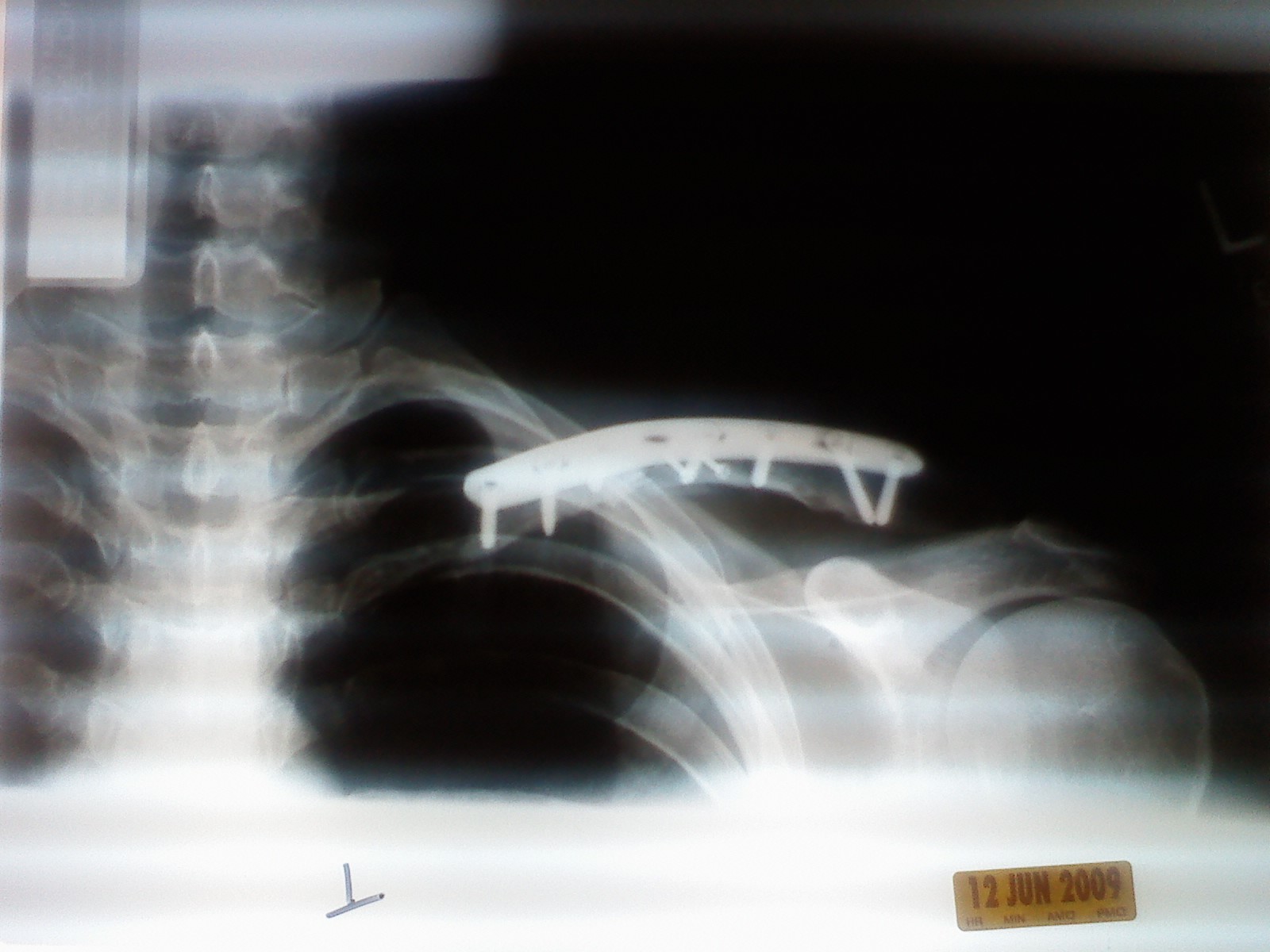 Eat yer heart out, Lance Armstrong!
Eat yer heart out, Lance Armstrong!
Of course, surgery has risks, however small, and some may chose to avoid it due to any number of reasons. Risks of bleeding, infection, a long scar, expense, etc. are all reasonable fears. However, if your goal is to get back to sport as quickly as possible and maximize your functional outcome, surgical stabilization of most clavicle fractures is the way to go.
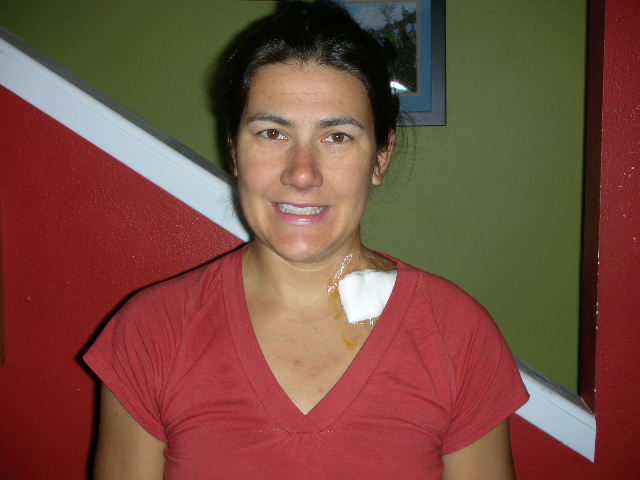 Normal shoulder alignment and no more crunchy bones...yeah!Dina was hiking 2 days after surgery and riding the bike trainer within a week. She could weight the arm on the handle bars within 2 weeks and was riding pain free outside within four weeks. The non-operative candidate would still be in a sling at 4 weeks and thinking about riding in six. You choose.
Normal shoulder alignment and no more crunchy bones...yeah!Dina was hiking 2 days after surgery and riding the bike trainer within a week. She could weight the arm on the handle bars within 2 weeks and was riding pain free outside within four weeks. The non-operative candidate would still be in a sling at 4 weeks and thinking about riding in six. You choose.
So, if you find yourself on the broken end of this topic, seek out a couple of orthopaedic opinions. Old school surgeons still poo poo the idea but if you find yourself a modern, fellowship-trained shoulder specialist, you can get your titanium upgrade and get back to fun faster than you can say, "...gimme some hardware, doc!" - Brian
 Brian |
Brian |  2 Comments |
2 Comments |  General
General 



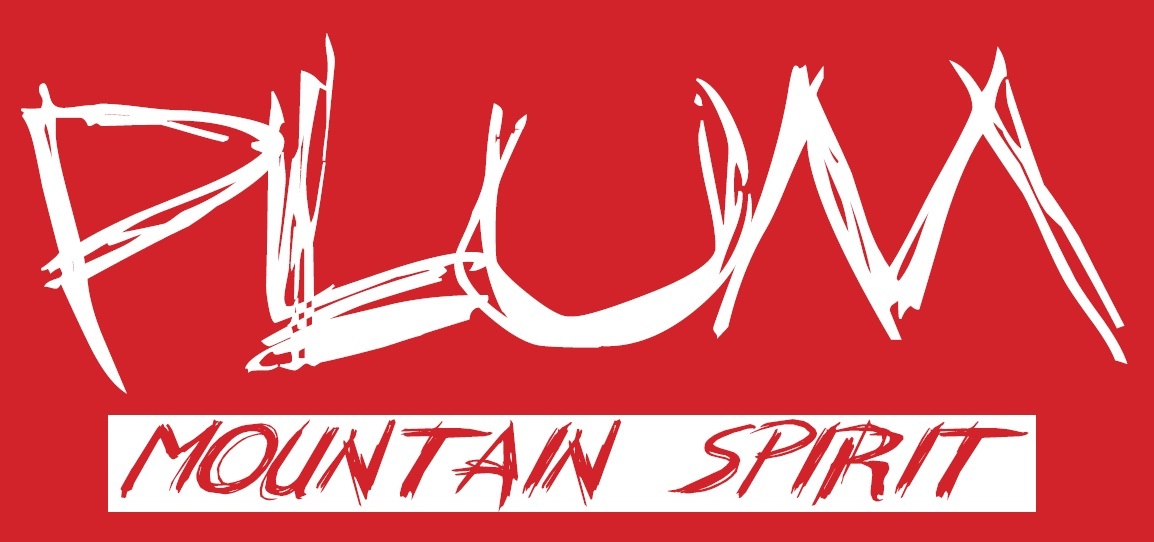

Reader Comments (2)
hi,
i broke my collarbone couple days ago and i thing its the same exactly like yours !
the doctors said just to use the 8 BRACE , im a smoker and they told me to quit so it can start healing did you really had to do surgery?
Hi,
I have had exactly the same problem as you following a car accident. My right shoulder drooped in exactly the same way. I had surgery done on it, and an artificial ligament was used to lift up the shouldr into its rightful place. But the ligaments were bad quaility made by the hospitals themselves and here in England, on NHS budgets. The damn ligament expanded and lossened leaving my shoulder drooping in exactly the same way.
Anyway I want to have surgery like you, I believe that a plate fixing could fix my problem. Do you have any more details of your surgery, the name of this procedure or the surgeon you used to get this job done?